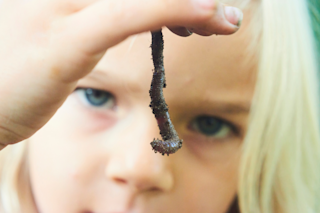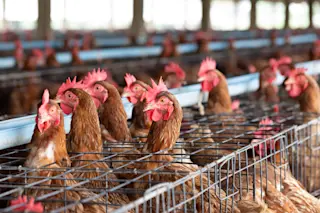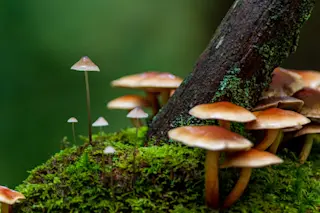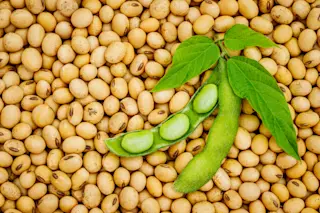"Truffles are a mystery, and let's hope they stay that way along time. Some people, when they smell one . . . " Jean-Louis Fioc takes a deep breath, and an expression of exaltation passes over his weathered face from mouth to gray temples. "You cannot define the smell of a truffle. It is magic."
It is mid-April in the Rhône Valley, just north of Provence in the Drôme region, and the day is magical enough. Gusts of mistral have cleared the sky, the sun is strong but not yet oppressive; snow fell two nights ago on the distant mass of Mont Ventoux. We have walked through Fioc's fields of thyme and blooming rosemary to get to this small grove of scrubby oak trees. The truffle season ended last month, but we— or rather, Fioc's dogs— are looking to scare up a few last specimens of the round, dark-brown, warty, ...














